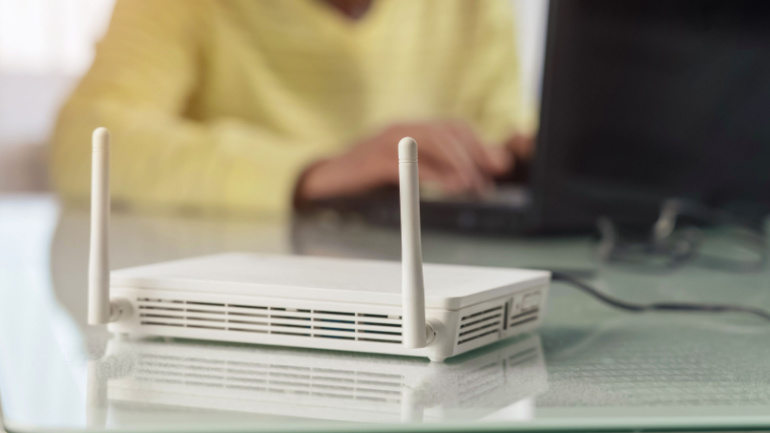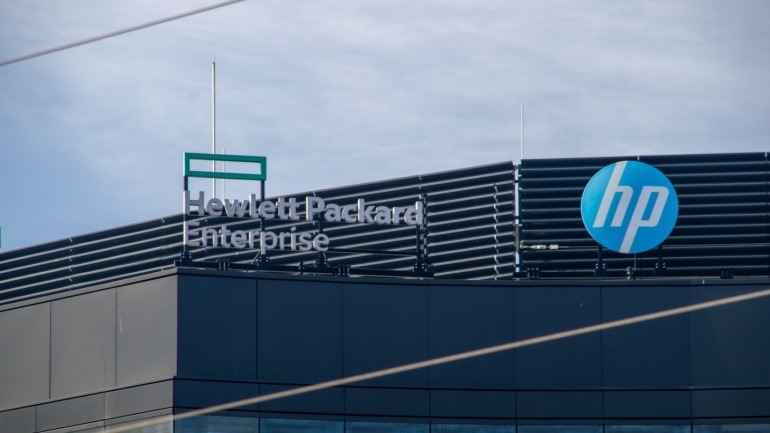Visible light data delivery, a demonstration of scientific ingenuity that has been on the horizon for many years, is finally gaining momentum in the commercial sphere. Scotland-based LiFi pioneers, pureLiFi, showcased some inspiring new developments at this year’s Mobile World Congress (MWC). Among these innovations were SkyLite, an all-room access point delivering high-speed, low latency connectivity across an impressive 50m2 area; and the LiFi Cube, a plug-n-play LiFi hotspot, suitable for specific home or business use cases.
However, pureLiFi’s CEO, Alistair Banham, made it clear that the new technology does not aim to displace WiFi but to complement it. He said, “It’s not about displacing WiFi for us, it’s about being additive and complementary.” He highlighted LiFi’s significant advantage of avoiding interference with radio waves, adding, “The way we see LiFi improving the quality of service is by covering high bandwidth download areas. For example, putting a hotspot over your TV or home computer, allowing these data hungry activities like streaming or gaming to be connected over light, instead of potentially degrading the quality of the WiFi network for all users in the building.”
The show-stealer from pureLiFi’s stable of innovative solutions was the LINXC Bridge™. This product is being developed in collaboration with Solace Power, a wireless power company, to address the issue of indoor 5G connectivity. Unlike 5G, LiFi does not suffer from signal degradation when passing through walls and glass, making it a suitable choice for indoor applications.
The LINXC Bridge™ provides a signal pathway between the external 5G connection and an internal WiFi or LiFi router, ensuring a robust, stable signal inside a building. Powering the device is Solace’s integrated power system, designed to ensure power is delivered wirelessly through the windowpane, eliminating the need for an external power source.
A trial run at MWC revealed that the LINXC Bridge™ was capable of reaching speeds of 1Gbps while connected to the 5G network. “The average from our research suggests that customers are lucky if they can get 200–300Mbps in their home when connected to sub-6Ghz 5G. We’re offering the operators the chance to deliver customers the same 5G service inside the home that they can get outside home. That’s really exciting,” elaborated Banham.
With the majority of mobile data traffic originating indoors, the pressure to improve indoor 5G performance is increasing. LiFi products, such as the LINXC Bridge™, may offer a solution to this growing issue, providing mobile operators with a scalable and efficient solution.







